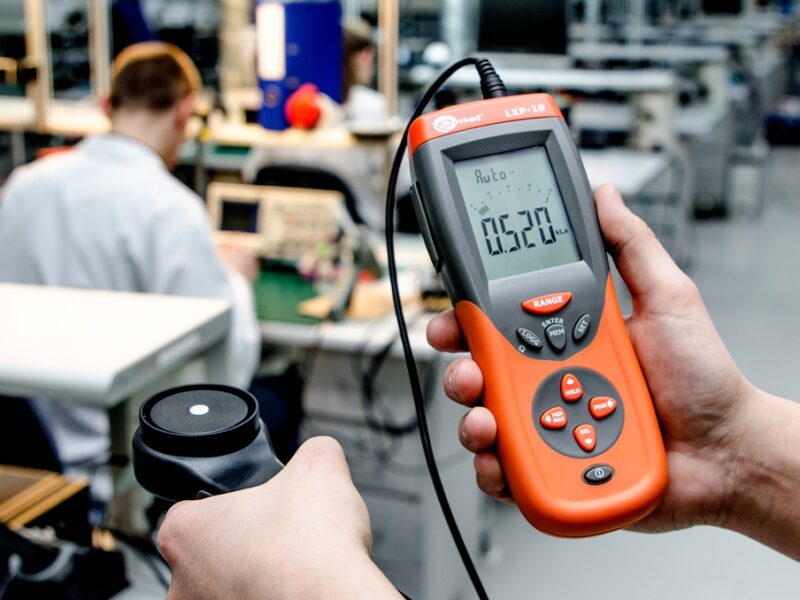
Illuminance measurements
Our perceptive capability and psychophysical condition depend to a very large extent on the surrounding environment. Light stimuli are decisive factors in the psychological comfort. Prolonged exposure to artificial light may accelerate fatigue and contribute to eyesight defects and other diseases.
Negative impact of improper lighting on people is particularly important in terms of safety and work efficiency. The perception of light stimuli, although dependent on the individual characteristics of a person, is in general similar for majority of people. Therefore, regulations have been defined to define values and types of lighting in places where people live and work. The light visible to humans is an electromagnetic wave with a length from approx. 380 nm to approx. 780 nm. The sensitivity of a human eye is not the same in all conditions – it results from its structure and location of receptors, as well as from the nature of the light. In daylight conditions the eye is most sensitive to green colour, whereas at night or in poor lighting, the eye sensitivity shifts to blue colour – this is why we have a subjective impression that at night everything is grey.

Fig. 1. Visible range of electromagnetic waves during the day and night
Despite the adaptability of the eye to changing light intensity, the measurements require to set the measuring at device to have a sensitivity similar to an eye adapted to bright daylight. Spectral curve that corresponds to this sensitivity is called the photopic curve V(λ). It is useful to calculate photometric values. In determining the criteria for proper lighting parameters, consider the following:
- recommendations of the International Commission on Illumination (CIE) (determination of optimal conditions for the illumination of rooms, depending on their use)
- local regulations (i.e. GB 50034, JIES-008, CIE S 008/E-2001, SNiP 23-05-95, AS 1680.1-2006)
For testing workplace lighting, it is recommended to observe guidelines defined in binding standard EN 12464. When discussing illuminance measurements, it is useful to define the illuminance. It is the ratio of luminous flux on a specified area and the surface of this area. The unit of illuminance is lux (lx) [ lm/m2 ] In addition, CIE provides recommended illuminance uniformity Em in the field of view, i.e. the way of lighting the workplace. High irregularity of illumination (e.g. exposed light sources in the field of view) creates a risk of glare which may reduce the ability to recognize details or cause a discomfort. In addition, due to the time needed for eyes to adapt to changes, the illumination uniformity should be maintained over time. Therefore, the level of ripple is important and this relates to flicker.
The light colour is another factor that has a significant impact on the well-being of people present in the room. For a man the most optimal lighting has the spectral composition most similar to daylight. Light sources are classified according to the colour temperature into warm, cool and neutral light. The colour temperature may be determined based on colour rendering index Ra, which reflects the difference between the colour of object illuminated by natural light and the object illuminated by tested light. Light sources with relatively high Ra index include standard bulbs, halogen bulbs or LEDs. Sources with Ra below 70 include sodium and mercury lamps. Measurements of parameters that help to assess lighting conditions should be carried out during the acceptance of new lighting devices and during the modernization of existing devices or periodically every 5 years. It is recommended to carry out the tests at least every two years. The tests shall be carried out:
- after dark or with curtains drawn
- in operating conditions – the test area shall not be specially prepared (creating unrealistic conditions) for the tests
Luminaires with discharge lamps must be switched on at least 30 minutes before testing. Other types of light sources such as halogen bulbs or LEDs, may be examined directly after switching on. Discharge lamps must not be new; they should operate at least 100 hours before measurements; in case light bulbs and halogen lighting this operation period is only one hour. The person performing the measurements can not affect the results. Therefore, it is advisable to wear dark clothing, and the distance from the measuring device should be as large as possible. Measurements should be performed in the plane of the task (e.g. desk surface) with the photometer head set in parallel and directly on the test surface.
EN 12464-1:2012 introduces a new term: illuminance of the immediate surrounding area. It depends on illuminance in the task area ono and it shall provide an even distribution of luminance in the field of view. This standard recommends minimum dimensions of the task area and related dimensions of the immediate surrounding area (a strip with a width of at least 0.5 m around the task area) and a background area (a strip with a width of at least 3 m adjacent to immediate surrounding area).

Fig. 2. Visual task, immediate surrounding area and background area
In order to determine the measuring points of all three areas, create grid with a mesh of approximately square shape. The ratio of length to width of the mesh should be between 0.5 and 2. The measurement points should be located inside the mesh of the lighting grid. The maximum grid size shall be:
p = 0,2 • 5 log10d
where:
p – maximum dimension of the grid [m]
d – longer dimension of the calculated area [m]
Basing on the measurements, lighting uniformity U0 may be calculated for a given workplace.
To measure lighting in interiors with daylight, carry out the measurements that determine the daylight index. For this purpose, use two luxmeters to perform measurements simultaneously outside and inside the rooms lit via windows or skylights.
On the other hand, when measuring emergency lighting the illuminance values are very low. The requirements in this matter are defined in standard EN 1838:2013. It should be mentioned that for escape routes with a width of 2 meters, the minimum value of illuminance measured at the floor is 1 lux, which affects the selection of an appropriate measuring device. In recent years, LED illumination sources become more and more popular. Their measurements are currently based on the same requirements as other types of light sources. In case of measurements on white LED light, consider the guidelines of CIE concerning parameter f1′, i.e. the size of mismatch between luxmeter sensitivity and curve V(λ). The Commission recommends the use of luxmeter with f ‘ not exceeding 3%.
Sonel LXP-10A light meter of Class A meets this condition. In case of light meters Sonel LXP-10B and Sonel LXP-2 of Class B, having the declared error value of spectral correction f1′< 6%, the error value f1 must be also taken into account, which results from differences in spectral distribution of the measured and calibration light source. The illuminance measurement formula requires taking into account the correction factors for the LED light. As in luxmeters of Class A and B, the correction factors k take values close to 1, they do not have a significant impact on the measured illuminance value.
When selecting the measuring instrument, attention should be paid to a valid calibration certificate, which confirms its efficiency and the fact that it meets declared levels of basic and spectral uncertainty. The photoelectric cell, which is used as a sensor, is ageing over time, so it should be subject to metrological periodic checks.
Author: Adam Szczepanik, Sonel S.A.
Products mentioned in the article:



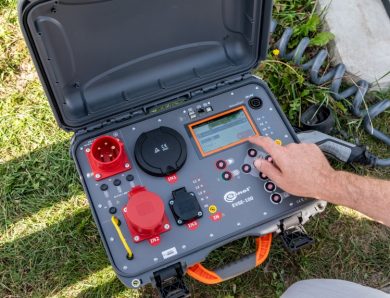
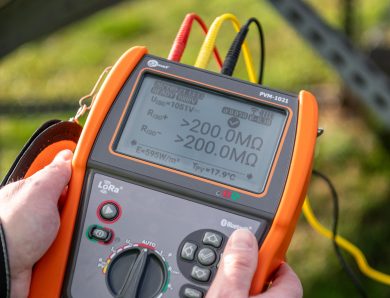
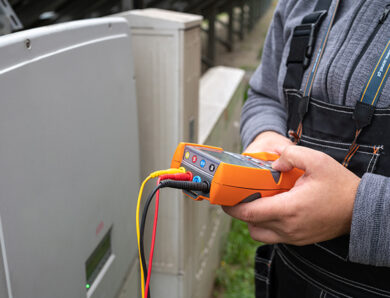
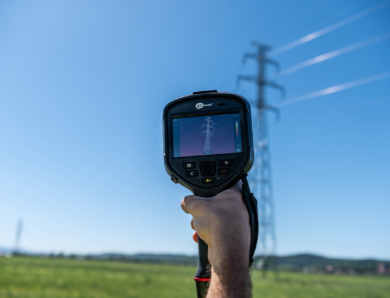
No Comment